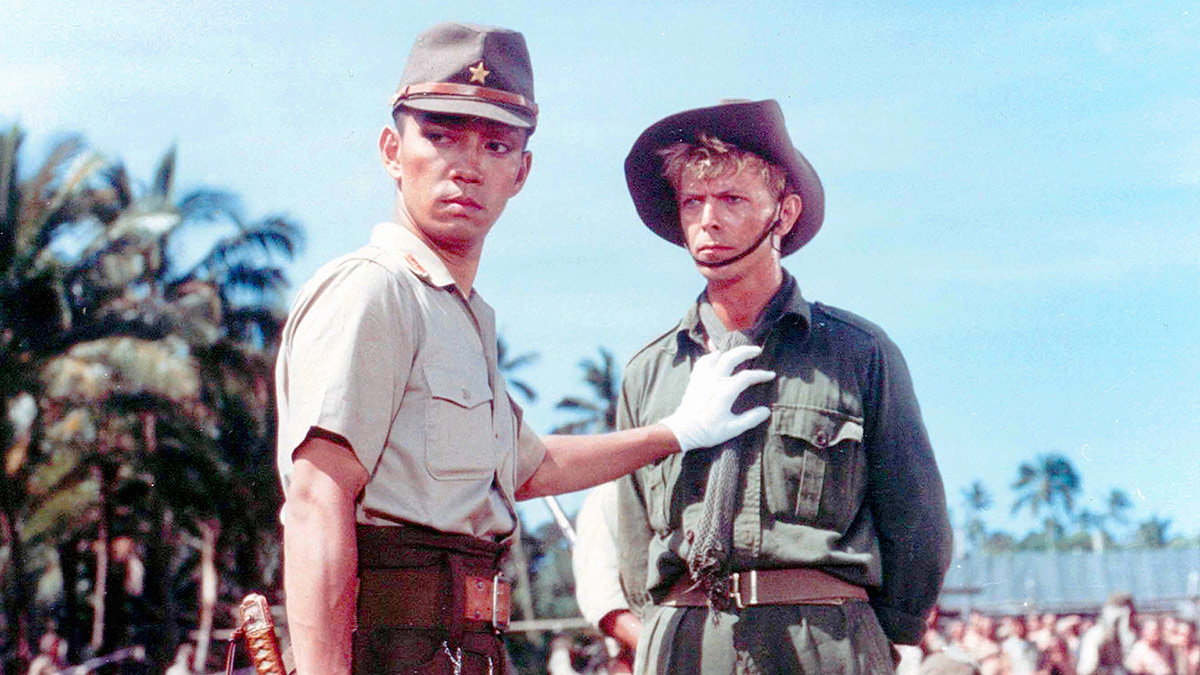
©Oshima Nagisa Productions
"Merry Christmas Mr. Lawrence" Nagisa Oshima x David Bowie x Beat Takeshi x Ryuichi Sakamoto The path to the realization of a unique war movie Part 1
Night and Fog Surrounding the Fantastic Nagisa Oshima Film
On May 17, 1979, Goro Kusakabe and Masao Sato, producers at Toei's Kyoto studio, requested a meeting with Oshima, who was in Kyoto on business. Kusakabe was an old friend of Oshima's, having worked with him on the film ``Amakusa Shiro Tokisada'' at the Toei Kyoto studio when he was a young director. Sato was also the only producer at Toei who agreed with Kazuo Kasahara when he suggested that Oshima be the director of ``Ah, Keisatsu Kisatsui.'' They approached Oshima about directing the Toei film ``Japan's Mastermind,'' which was to be released on October 27th. Surprisingly, Oshima accepted the offer. This was because I felt the project itself was more interesting than the previously offered ``Yakuza War: Japanese Leader'' and because it was a ``butt-cutting movie''.
In other words, even though the script has not been completed yet, the release date is set for five months from now, so movie studios must use their craftsmanship to complete the movie by the deadline. Oshima was inspired by this. During his time at Shochiku, Oshima was always busy with release dates. Oshima Films has been making films in the midst of a studio system in which new films are released every week, and the staff runs like workhorses to make it in time, so the dynamism of Oshima Films was partly due to the short period of sprinting. . Also, as with ``Nihon no Yo to Fog'' and ` `Nippon Shunkako '' (67), which he produced in partnership after leaving Shochiku, he exploited gaps in the system and took advantage of the fixed release date. It was also possible to take advantage of the fact that the company had no leeway to interfere with the content and create a unique movie. Oshima had been away from making such films for a long time.
The script had already been ordered to Koji Takada, who had written many yakuza films for Toei, and Oshima had no objections to that. Initially, Toei had thought of a story about a fixer and a journalist who follows his inner workings. However, Oshima suggested a different story. It was something like this:
Speaking of fixers, the one who was making waves in society during this period was Yoshio Kodama, the central figure in the Lockheed Incident. The main character is a fixer modeled after Kodama, and a young terrorist who came to kill him is imprisoned in the fixer's mansion.The boy eventually becomes the fixer's The Bodyguard, and eventually goes to kill the former prime minister, modeled after Kakuei Tanaka. It's a story. This was based on the prediction that if the ousted Tanaka disappeared from public life, he would become the biggest fixer in politics (which actually happened), and he foresaw a future in which Kodama would kill Tanaka before that happened. It was the content. Oshima suggested that this would be a drama about a dark throne in addition to a fatherhood story about a boy terrorist and a fixer. Both Takada and Toei were on board with this idea.

